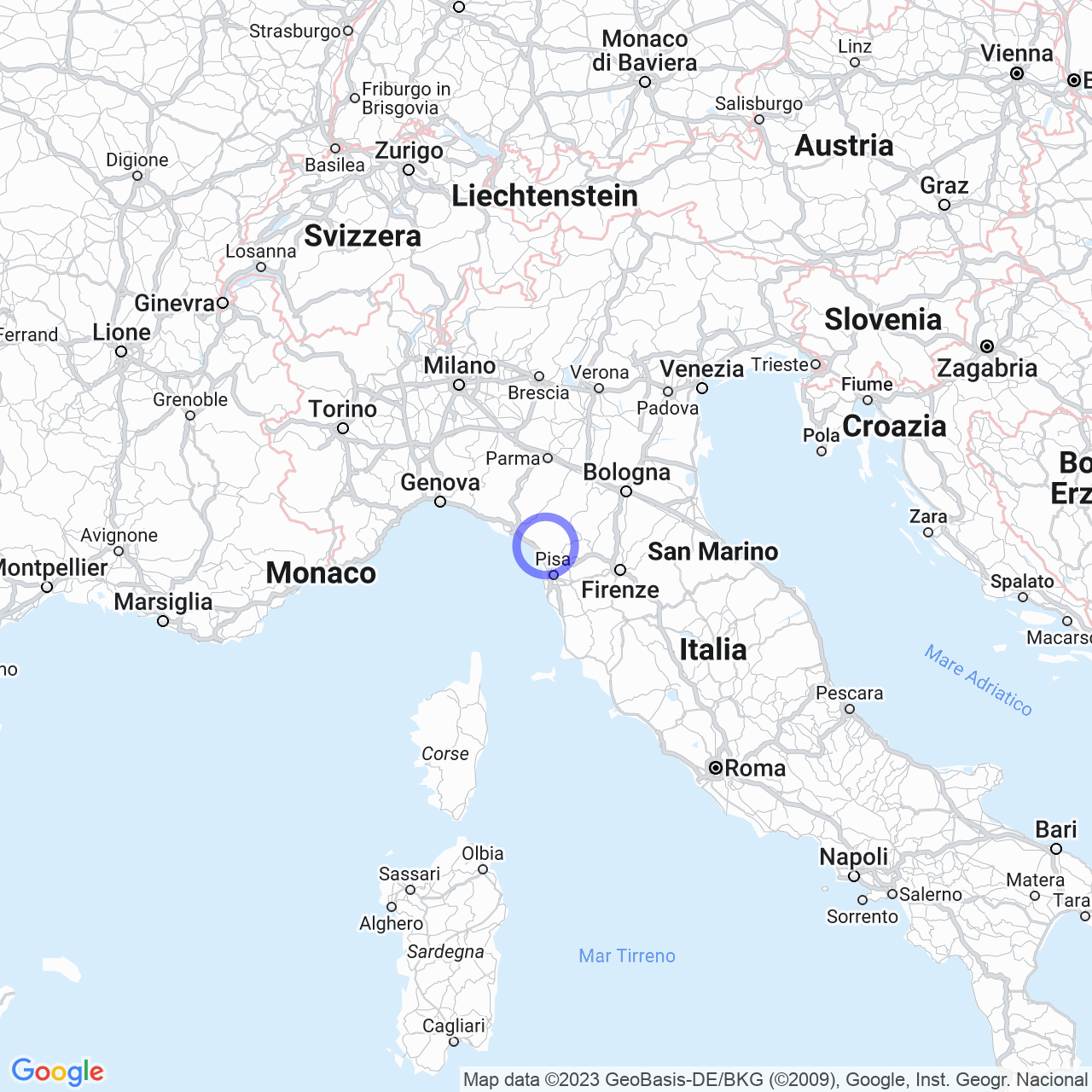Stazzema
The Massacre of Sant'Anna di Stazzema
The morning of August 12, 1944
On the morning of August 12, 1944, the Germans committed one of the largest massacres of Italian civilians during World War II. The families of Sant'Anna di Stazzema were woken early by the screams and shouts of their neighbors, which were becoming increasingly closer. The roads were already blocked by the Germans, who were moving quickly towards the houses. Although recently declared a "white zone", the village was completely occupied by soldiers, who began firing indiscriminately at civilians, including women and children.
The massacre lasted several hours, during which the Germans also destroyed houses, setting fire to many of them. Survivors were forbidden from attending their fallen loved ones and were not authorized to bury them properly. It was only a few days later that residents from nearby villages were allowed to descend to the bottom of the valley to recover the bodies and bury them with dignity.

The Investigation and Search
The Poor Cooperation from the German and Italian Governments
Immediately after the massacre, partisan organizations began investigations into the incident. Later, the Italian government repeatedly requested the extradition of the soldiers involved in the massacre from the German government. However, all requests were rejected by the German government, which has always claimed not to have knowledge of the incident.
Only recently, following the publication of some documents on the matter, Germany has decided to allocate a sum of money for the victims and for the reconstruction of the area, without admitting the fault of its army.
The investigation was also complicated by the poor cooperation of the Italian government which, during the post-war period, embarked on the path of historical revisionism, attempting to downplay the atrocities committed by the Nazis.
Memory and Recognition
The necessity of historical truth
Over the years, the memory of the Massacre of Sant'Anna di Stazzema has become a symbol of the horror of World War II and the need to preserve historical truth.
Every year, in Sant'Anna di Stazzema, the massacre is commemorated with a memorial mass for the victims and a civil ceremony, attended by survivors, relatives of the victims, and civil and religious authorities.
However, despite the importance of memory, there is still debate over the recognition of guilt by the German government and the need to educate new generations about the historical truth of war and its terrible consequences.
Conclusion
Remembering so as not to forget
The Massacre of Sant'Anna di Stazzema was one of the tragic war episodes that deeply hurt the Italian people. Its memory is important so as not to forget the violence and horror of war and to educate new generations on the need to preserve historical truth.
It is important that the German and Italian governments do their part to ensure that this episode, like so many others, is never forgotten and that the victims are remembered and commemorated with dignity.
Only through knowledge of historical truth, horror, and violence of war can we hope to build a peaceful and just world where humanity and human dignity are respected and preserved.
